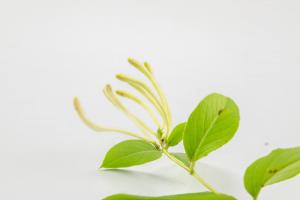Introduction
Pitcher plants are fascinating carnivorous plants that are known for their unique method of capturing and digesting insects. These plants rely on a specialized structure, the pitcher, to trap insects and then digest them using enzymes. However, there is some debate about whether or not to put water in pitcher plants. In this article, we will explore the reasons why some people argue for putting water in pitcher plants and why others advise against it.
Reasons to Put Water in Pitcher Plants
One reason why some people suggest putting water in pitcher plants is that it can help to create a more humid environment inside the pitcher. This can make the plant more attractive to insects and can also help to prevent the pitcher from drying out. Additionally, some species of pitcher plants rely on water to create a slippery surface inside the pitcher, which helps to trap insects more effectively.
Another reason why some people advocate for putting water in pitcher plants is that it can help to prevent the growth of harmful bacteria inside the pitcher. Without enough water, the pitcher can become a breeding ground for bacteria and fungi, which can damage the plant and compromise its ability to capture insects.
Reasons to Avoid Putting Water in Pitcher Plants
On the other hand, some people argue that putting water in pitcher plants can actually be harmful to the plant. One concern is that standing water can cause the pH level inside the pitcher to become too alkaline or too acidic, which can damage the plant's digestive enzymes and make it less effective at capturing insects.
Another reason why some people advise against putting water in pitcher plants is that it can lead to the development of algae inside the pitcher. Algae can compete with the plant for nutrients and can also make the inside of the pitcher less attractive to insects.
Conclusion
So, should you put water in pitcher plants? The answer is that it depends on the species of pitcher plant and the specific conditions in which it is growing. Some species, such as Nepenthes, require standing water to thrive, while others, such as Sarracenia, do not. Additionally, factors such as climate, humidity, and the quality of your water source can all impact whether or not it is a good idea to add water to your pitcher plant.
In general, it is best to do some research on the specific type of pitcher plant you are growing and to consult with a knowledgeable plant expert before deciding whether or not to add water to your plant. By taking the time to carefully consider the needs of your pitcher plant, you can help ensure that it remains healthy and effective at capturing insects.

 how many times do yo...
how many times do yo... how many planted tre...
how many planted tre... how many pine trees ...
how many pine trees ... how many pecan trees...
how many pecan trees... how many plants comp...
how many plants comp... how many plants can ...
how many plants can ... how many plants and ...
how many plants and ... how many pepper plan...
how many pepper plan...






























